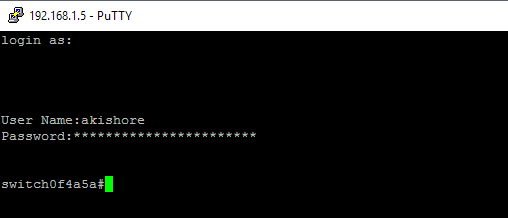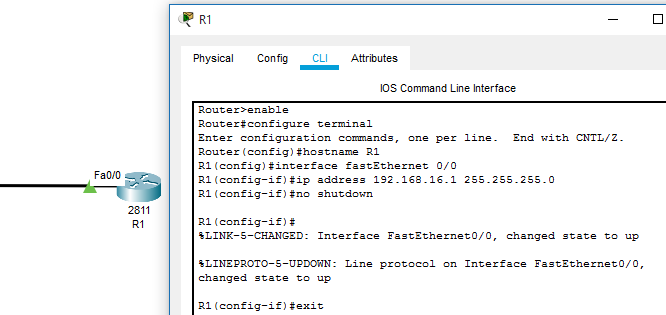

To connect to a SSH router from one use the following command for SSH-1: To be able to use a router or a switch as a SSH client you must configure the hostname too in addition to the configuration made to act as a SSH server. You must use the ip ssh version 2 global configuration command to configure this parameter. By default, SSH accepts both SSH-1 and SSH-2 connections. The most important parameter which you should never forget to change, is to explicitly allow only SSH-2 connections. You can also modify some SSH parameters like connection time-out and authentication retries. The first step in enabling SSH access to your router is to generate an RSA key with crypto key generate rsa global configuration command.

Router(config)# ip ssh authentication-retries 3Īs we previously told you, SSH uses public-key cryptography.

% Generating 512 bit RSA keys, keys will be non-exportable…Router(config)# ip ssh time-out 60 Choosing a key modulus greater than 512 may take a few minutes. The name for the keys will be: Ĭhoose the size of the key modulus in the range of 360 to 2048 for your Now, we have to add a couple of lines to enable SSH.
How to enable ssh on cisco switch password#
We can now telnet to the router with the configured username cisco and password cisco. Router(config-line)# transport input telnet Router(config)# username cisco password 0 cisco For a device to accept local usernames and passwords you can use the aaa new-model or login local commands. In order to implement a SSH server on a Cisco router or switch, lets first configure the device to accept telnet logins with locally configured usernames and passwords. The standard channels are: shell – for terminal shells, SFTP and exec requests direct-tcpip – for client-to-server forwarded connections and forwarded-tcpip – for server-to-client forwarded connections. The last layer, the connection layer, defines the concept of channels, channel requests and global requests. More authentication mechanisms can be available, depending on the SSH implementation. The user authentication layer handles the authentication of the client and provides a number of authentication methods such as password (based on a password) and publickey (using DSA or RSA keypairs). The transport layer handles the initial key exchange and server authentication, sets up encryption, compression and integrity verification.

The SSH-2 protocol has its internal architecture with three separated layers. SSH-2 is backward compatible with the original SSH implementation, but its designed corrected the flaws from the first version. SSH-1 is considered obsolete and should be avoided by explicitly configuring SSH to use version 2 of the protocol. SSH-2 is currently the used version of the SSH protocol and every time you refer to SSH you actually talk about SSH-2. However, due to a design flaw which made SSH vulnerable to various kinds of attacks, in 1996 a revised version of SSH was designed. SSH-1 appeared in 1995 and its goal was to replace the rlogin, Telnet and rsh protocols, because those protocols were sending data unencrypted over the network. For the authentication mechanism, SSH uses public-key cryptography. A device to which you want to connect must run a server instance.


 0 kommentar(er)
0 kommentar(er)
